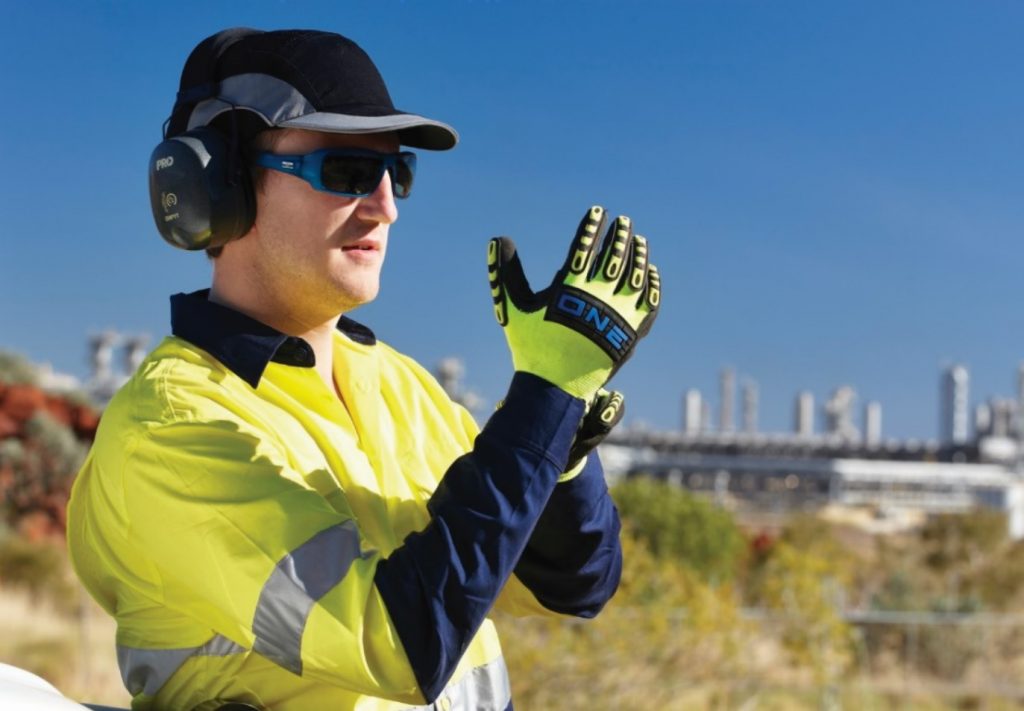 A comprehensive 2014 study of 1726 Australian workers found productivity losses from heat stress are costing the Australian economy $6.9 billion each year.
A comprehensive 2014 study of 1726 Australian workers found productivity losses from heat stress are costing the Australian economy $6.9 billion each year.
Lead researcher Dr Kerstin Zander from the Northern Institute at Charles Darwin University said that the study indicated heat stress is as damaging to workplace productivity as many chronic diseases.
The Australia-wide research was published in the journal, Nature Climate Change, and is the first to examine the economic costs of heat stress in Australia.
It was conducted by surveying workers on their work-related heat stress and physical exertion and how that affected them and impacted their work.
“We have estimated the annual costs to be AU$728 per person across a representative sample of 1726 employed Australians,” Dr Zander said,” adding that the total economic burden is $6.9 billion per year.
The figures do not account for those performing unpaid work or how heat stress affected people outside of working hours.
Many who suffer from heat stress will experience a ‘heat hangover’ the following day, so called because symptoms are similar to that of an alcohol hangover.
Northern Territory based thermal physiologist and heat stress specialist, Dr Matt Brearley described the heat hangover as impacting the quality of downtime between shifts. He also believes that the heat hangover is the leading cause of staff turnover in the tropics.
Symptoms of heat stress include a post-shift headache and nausea and are common among those working in hot, humid conditions.
Dr Zander said that heat stress risks and associated productivity losses are on the rise in Australia because of climate change.
Co-researcher, Professor Stephen Garnett said 70 per cent of those surveyed described heat stress as reducing their productivity at work.
“It is feeling hot that affects productivity, not necessarily whether they are experiencing unusual conditions,” Garnett said.
Dr Brearly said that heat tolerance could be built, especially through heat acclimatisation and physical fitness.
“Exercise is critical. You can’t be heat acclimatised without physical fitness,” Brearley said, adding that workers should be encouraged to exercise during time off.
“Regular training makes you adapt so that when the hot days come along the stresses of the job are not new to you.”
He added that FIFO workers at the start of a swing in the tropics are at greater risk of heat stress as they are not acclimatised.
Dehydration, which was not accounted for in the study’s $6.9 billion is also a considerable drag on productivity.
At only 1% dehydration, productivity reduces by about 12% while at 2% dehydration the body’s performance is reduced by 30%.
Both Brearly and the study’s authors describe heat stress management and education tools as critical for employers to implement if worker productivity is not to be compromised in the future.
For more information on managing heat stress in the workplace, download THORZT’s free Workplace Heat Stress Management Guide or contact us to arrange a free consultation with one of our team of ex-Olympians and professional athletes.
Risk Factors for the Development of Heat Related Illness:
- History of heat illness
- Non heat acclimatised
- Low fitness
- Obese / Overweight
- Feeling unwell
- Lack of heat education
- Limited history of working in the heat
- Dehydration
- Certain medications
- Limited access to cooling
- Limited access to fluids
- High levels of PPE
- Highly motivated
- Lack of scheduled breaks
- Short staffed